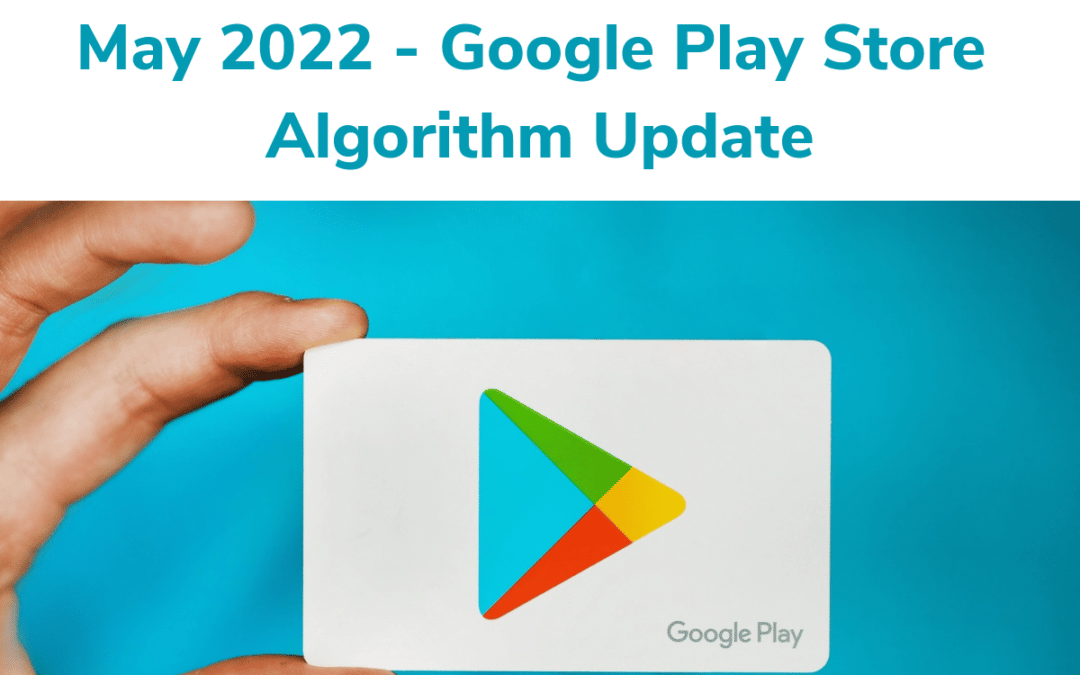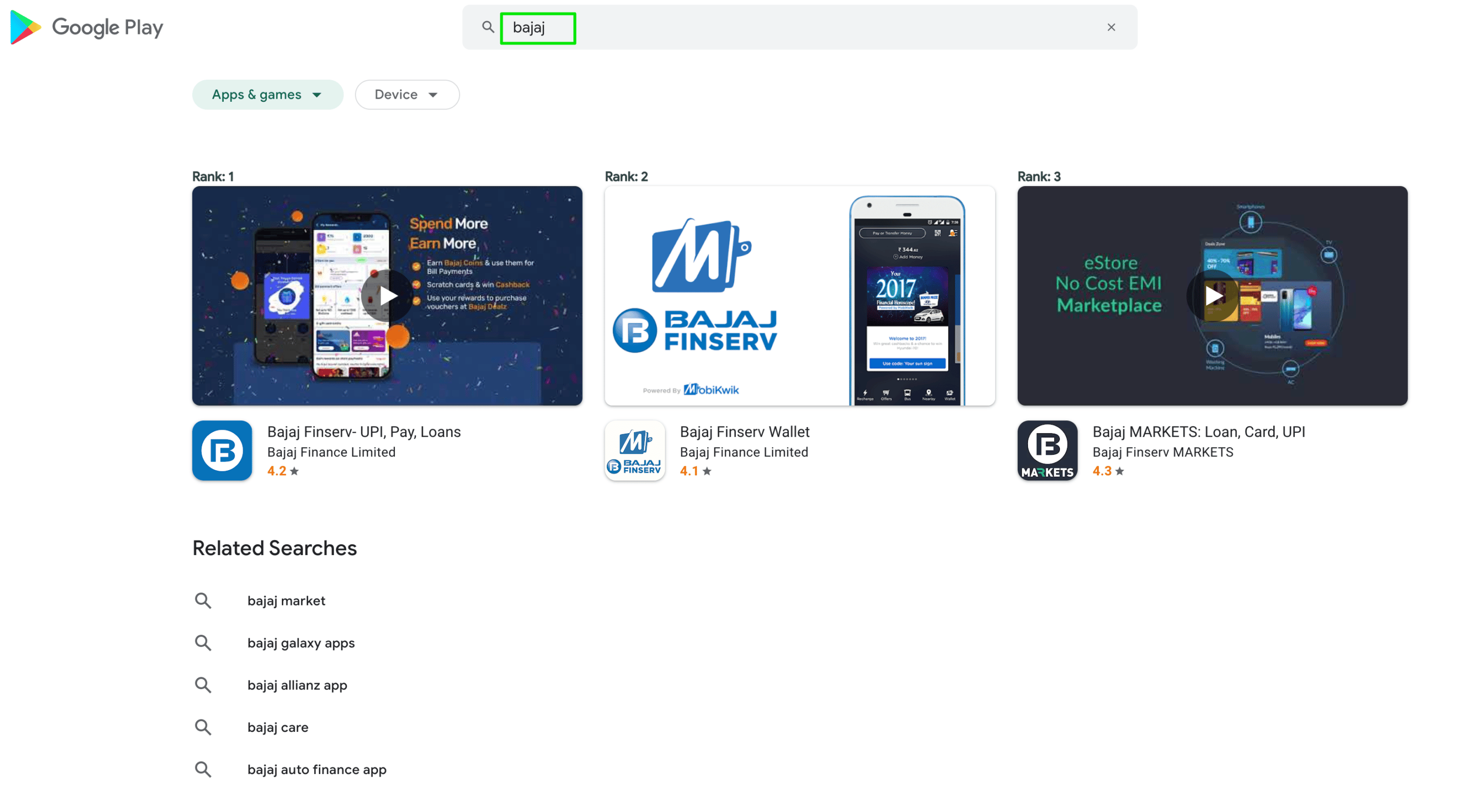In May 2022, Google started testing a new storefront, and at the end of the month, rolled it out to the majority of the users.
While we are analyzing a lot of data pointers – there are some things that have clearly changed.
Now, Google hasn’t replicated these changes to the mobile app – but if the past updates are some indicator – then a major update on the Play Store front would follow soon.
In this post, you’ll find three significant sections.
Keywords – Fluctuating Results on Brand and Non-Brand Keywords
- Exclusivity to brands on the brand keywords. In most cases – a search for most other brand keywords is fetching upto 250 results whereas in some cases about 3 results in a single card. Whereas, a search for most non-brand keywords is returning 11-250 results.
- We noticed many apps not ranking for their non-primary keywords – at least for a few days after the update went live. The search behavior on the play store app does not reflect the changes that are incorporated on the web. However, it’s likely that Google will implement these changes on mobile too.
Category Ranks – From 200 to 1000
Earlier, we could get a maximum of 200 apps in a category, but with the new update, we are able to get anywhere from 500-1000 ranks. Will Google be more explore driven in the future? Probably.
Reviews – A Major Overhaul in Discovery & Filter
- Review URLs can no longer be resolved within the browser.
Google usually associates review metadata – with upvote signals in the play store rank algorithm – and we certainly see changes – but then, we noticed that Google is also bringing back some changes – which they initially discarded in the new version.
Syntax of review URL changed from
gp:AOqpTOHSqfZldaII2Klf1tPy7ZbWEL3xVdErdSXn2jhYL_OP876__0esx8qJm2KimogK0B_TAQDlcMkSAQHxxxTo
6124febe-e529-412a-a02d-da8cbaf4xxxWe are not sure why Google has made this change, but it should be clear in the coming days. We think that the string length is too small – and there is bound to be some changes.
2. At the time of writing, there’s no way to sort the reviews by recency. This broke a lot of review tracking systems – including ours – which used to scrape data based on recency. However, we’ve been able to figure out a way around.
3. Change in helpful and unhelpful buttons. Instead of a thumbs up icon for upvote and thumbs down for downvote, it has options – Yes & No respectively. This means that the downvote button is getting prominence. In the future, Google may give more prominence to review metadata – along with upvote and downvote signals for initial visibility.
The new UI predominantly focuses on video – so it’s likely that Video will get a precedence over screenshots in the future.
Prominent Disclosure on Data Safety
Google has gotten very strict about data safety. It all started from last year with additional checks – both for new developer account signups, to additional disclosure. It signals Google’s commitment to focus on high standards of privacy.
Engagement over Vitals?
Based on the available engagement data, it appears that Engagement is taking precedent over vitals. We cannot confirm it though – as Google is rapidly changing the layout. At this time, we are aware of at least 4 multivariable tests that Google is running.
As the last major update in 2017, it’s likely that the changes will settle in over next 1-2 months. We are pretty excited about the changes. Have any questions? Reach out to us.
Edit Febuary 2023
There is another change, which we noticed in January 2023. In this, adding keywords in the reviews no longer gets the discovery. However, we expect that there would be some alternate way to get discovery for keywords that are not included in the on page assets.



